Home>Furniture & Design>Interior Design Trends>What Is Swung Glass
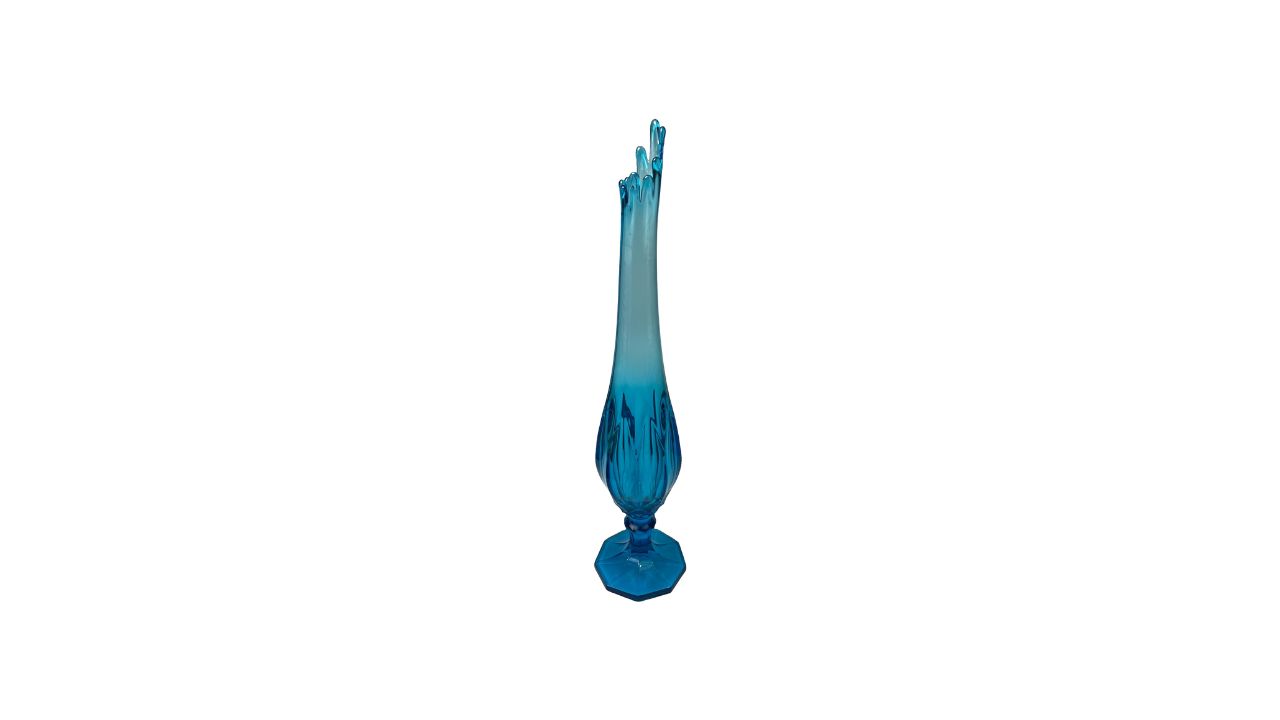

Interior Design Trends
What Is Swung Glass
Published: February 8, 2024
Discover the latest interior design trend of swung glass and how it can elevate your space. Learn about the unique characteristics and versatility of this innovative design element.
(Many of the links in this article redirect to a specific reviewed product. Your purchase of these products through affiliate links helps to generate commission for Storables.com, at no extra cost. Learn more)
Introduction
Swung glass, also known as stretch glass, is a captivating and versatile form of decorative glassware that has been cherished for its unique aesthetic appeal and intricate craftsmanship. This exquisite art form has a rich history and continues to captivate enthusiasts and collectors around the world.
Swung glass is characterized by its elongated and gracefully curved forms, which are achieved through a specialized glassblowing technique. The resulting pieces often exhibit a sense of fluidity and elegance, making them a popular choice for both functional and decorative purposes.
The allure of swung glass lies in its ability to seamlessly blend form and function, making it a sought-after addition to interior design schemes. Whether displayed as standalone art pieces or utilized as functional tableware, swung glass items exude a timeless charm that effortlessly elevates any space.
As we delve into the world of swung glass, we will explore its definition, delve into its fascinating history, uncover the techniques used in its creation, and discover the diverse applications that make it a beloved feature in contemporary design. Join us on this journey as we unravel the enchanting allure of swung glass and gain a deeper appreciation for this remarkable art form.
Key Takeaways:
- Swung glass, also known as stretch glass, is a captivating and versatile form of decorative glassware characterized by elongated and gracefully curved forms. Its timeless elegance and fluid lines make it a sought-after addition to interior design schemes.
- The history of swung glass dates back to the early 20th century, marked by significant advancements in glassmaking techniques. Its enduring allure and diverse uses, from decorative accents to lighting fixtures, showcase its timeless appeal and artistic finesse.
Read more: What Is A Glass Eye
Definition of Swung Glass
Swung glass, also referred to as stretch glass, is a distinctive form of decorative glassware renowned for its elongated and gracefully curved shapes. This specialized glassblowing technique involves manipulating molten glass to create pieces with a sense of fluidity and elegance. The hallmark of swung glass is its elongated and sinuous forms, which are achieved through a meticulous and skillful stretching process during the glassblowing stage.
The defining characteristic of swung glass is its ability to convey a sense of movement and grace, capturing the fluidity of molten glass as it is expertly shaped by skilled artisans. The resulting pieces often exhibit a captivating visual allure, with their elongated and sinuous forms evoking a sense of dynamic energy and sophistication.
Swung glass items are distinguished by their sleek and elongated profiles, which set them apart from traditional glassware. The process of creating swung glass involves carefully manipulating the molten glass to achieve elongated and gracefully curved forms, resulting in pieces that exude a sense of timeless elegance and artistic finesse.
The allure of swung glass lies in its ability to seamlessly blend form and function, making it a sought-after addition to interior design schemes. Whether showcased as standalone art pieces or utilized as functional tableware, swung glass items exude a timeless charm that effortlessly elevates any space.
In essence, swung glass represents a harmonious fusion of artistry and functionality, embodying the exquisite craftsmanship and artful manipulation of glass to create pieces that are both visually captivating and versatile in their applications. This unique form of glassware continues to enchant enthusiasts and collectors with its timeless appeal and enduring beauty, making it a cherished feature in contemporary design and decor.
The definition of swung glass encapsulates its distinctive aesthetic qualities, expert craftsmanship, and the captivating allure of its elongated and gracefully curved forms. As we delve deeper into the world of swung glass, we will uncover its rich history, explore the techniques used in its creation, and discover the diverse applications that make it a beloved and cherished art form in the realm of interior design and decorative arts.
History of Swung Glass
The history of swung glass traces back to the early 20th century, a period marked by significant advancements in glassmaking techniques and artistic expression. The origins of swung glass can be attributed to the innovative efforts of skilled glass artisans who sought to push the boundaries of traditional glassblowing methods and explore new avenues of creative expression.
During the 1920s and 1930s, a pivotal era in the evolution of decorative glassware, the art of swung glass gained prominence as glassmakers experimented with stretching and shaping molten glass to create elongated and gracefully curved forms. This period witnessed a surge in artistic innovation and a departure from conventional glassmaking practices, leading to the emergence of the distinctive style that defines swung glass.
The Art Deco movement, with its emphasis on sleek lines and geometric forms, played a significant role in shaping the aesthetic sensibilities of swung glass during this period. The desire to capture the essence of modernity and elegance fueled the exploration of elongated and sinuous glass designs, giving rise to a new wave of artistic expression within the realm of decorative glassware.
Swung glass gained widespread recognition and acclaim for its ability to infuse interiors with a sense of sophistication and visual allure. The elongated and gracefully curved forms of swung glass pieces became synonymous with modern elegance, captivating the imagination of designers, collectors, and enthusiasts alike.
As the 20th century progressed, swung glass continued to evolve, adapting to changing design trends and artistic movements. Its enduring appeal transcended decades, remaining a timeless and cherished feature in interior design and decorative arts.
Today, the legacy of swung glass lives on, with contemporary artisans and glassmakers drawing inspiration from its rich history and distinctive aesthetic qualities. The enduring allure of swung glass serves as a testament to the enduring legacy of this remarkable art form, showcasing the enduring appeal of its elongated and gracefully curved forms in the realm of interior design and decorative arts.
Techniques for Creating Swung Glass
The creation of swung glass involves a meticulous and intricate process that showcases the skill and artistry of glass artisans. The techniques employed in crafting swung glass are rooted in the age-old tradition of glassblowing, yet they require a specialized approach to achieve the distinctive elongated and gracefully curved forms that define this unique art form.
The process begins with the selection of high-quality molten glass, which serves as the raw material for crafting swung glass pieces. Skilled artisans carefully gather the molten glass on the end of a blowpipe, initiating the transformation of the viscous material into a workable form. As the glass begins to take shape, the artisan employs a series of precise movements to manipulate and stretch the molten glass, gradually elongating it into sinuous and graceful forms.
One of the key techniques used in creating swung glass involves the controlled stretching of the molten glass, a delicate process that demands precision and expertise. The artisan skillfully guides the glass, allowing it to flow and elongate under controlled conditions, shaping it into the desired form while maintaining its structural integrity.
The art of swinging glass requires a keen understanding of the material's behavior and the ability to manipulate it with finesse. The artisan's deft touch and intuitive mastery of the glassblowing process are essential in achieving the fluid and elegant lines that characterize swung glass pieces.
Furthermore, the shaping and cooling stages play a crucial role in the creation of swung glass. As the elongated forms take shape, the artisan carefully shapes and refines the glass, ensuring that each piece exhibits a seamless and harmonious flow. The controlled cooling process is equally vital, as it allows the glass to solidify while retaining its distinctive elongated and gracefully curved characteristics.
The techniques for creating swung glass exemplify the fusion of traditional glassblowing craftsmanship with innovative approaches to form and design. The resulting pieces showcase the artistry and technical prowess of skilled artisans, embodying the timeless allure of swung glass and its ability to captivate with its fluid and graceful forms.
Uses of Swung Glass
Swung glass, with its captivating elongated and gracefully curved forms, serves a myriad of purposes, making it a versatile and sought-after addition to interior design and decorative arts. The distinctive aesthetic qualities and timeless allure of swung glass lend themselves to a range of applications, each showcasing the artistry and elegance of this remarkable glassware.
Read more: What Is Glass Fusing
Decorative Accents
Swung glass pieces are often utilized as striking decorative accents, adding a touch of sophistication and visual intrigue to interior spaces. Whether displayed on shelves, mantels, or tabletops, these elongated and gracefully curved forms create a captivating focal point, infusing the surroundings with a sense of elegance and artistic finesse. The interplay of light and shadow on the sinuous surfaces of swung glass pieces adds a dynamic dimension to their decorative appeal, making them a cherished feature in contemporary design schemes.
Tableware and Serveware
The sleek and elongated profiles of swung glass items make them an ideal choice for tableware and serveware. From slender vases that elegantly showcase floral arrangements to elongated bowls and platters that exude modern sophistication, swung glass pieces elevate the dining experience with their timeless charm and understated elegance. Their versatile nature allows them to seamlessly integrate into various table settings, adding a touch of refinement to dining occasions and special gatherings.
Artistic Installations
Swung glass lends itself to artistic installations, where its elongated and gracefully curved forms are showcased in immersive and visually captivating arrangements. Whether suspended from ceilings in artful clusters or arranged in sculptural compositions, swung glass pieces create an enchanting visual impact, transforming spaces into immersive works of art. The interplay of light and movement further enhances the ethereal beauty of swung glass, captivating viewers with its dynamic and evocative presence.
Lighting Fixtures
The fluid and sinuous forms of swung glass are often incorporated into lighting fixtures, where they serve as exquisite shades or diffusers. The elongated profiles of swung glass pieces allow them to diffuse light in a soft and alluring manner, creating a warm and inviting ambiance. Whether adorning pendant lights, chandeliers, or wall sconces, swung glass adds a touch of artistry and sophistication to interior lighting designs, casting a gentle glow that accentuates its graceful forms.
Read more: What Is A Glass Cutter
Collectible Art Pieces
Swung glass holds a revered place in the realm of collectible art, with enthusiasts and collectors seeking out rare and exceptional pieces to add to their curated collections. The timeless allure and artistic finesse of swung glass make it a coveted addition to art collections, where its distinctive forms and craftsmanship are celebrated as enduring expressions of creativity and mastery. As collectible art pieces, swung glass items evoke a sense of heritage and artistic legacy, captivating admirers with their timeless beauty and historical significance.
In essence, the uses of swung glass encompass a diverse range of applications, each highlighting its exquisite craftsmanship, timeless allure, and versatile nature. Whether as decorative accents, functional tableware, artistic installations, lighting fixtures, or collectible art pieces, swung glass continues to captivate with its fluid and graceful forms, leaving an indelible impression on interior design and decorative arts.
Conclusion
In conclusion, the enchanting allure of swung glass transcends time and trends, embodying a harmonious fusion of artistry, craftsmanship, and timeless elegance. From its origins in the early 20th century to its enduring legacy in contemporary design, swung glass continues to captivate with its elongated and gracefully curved forms, showcasing the enduring appeal of this remarkable art form.
The history of swung glass reflects a legacy of innovation and artistic expression, with skilled artisans pushing the boundaries of traditional glassblowing techniques to create pieces that exude sophistication and visual allure. The Art Deco era played a pivotal role in shaping the aesthetic sensibilities of swung glass, infusing it with a modern elegance that continues to resonate with designers and enthusiasts.
The techniques used in creating swung glass exemplify the mastery and precision required to manipulate molten glass into sinuous and graceful forms. The art of swinging glass demands a deep understanding of the material's behavior and the ability to shape it with finesse, resulting in pieces that captivate with their fluid lines and timeless beauty.
The diverse uses of swung glass, ranging from decorative accents to functional tableware and collectible art pieces, underscore its versatility and enduring appeal. Whether showcased as standalone art installations or integrated into interior design schemes, swung glass adds a touch of refinement and artistic finesse to any space, captivating with its dynamic energy and evocative presence.
As we reflect on the captivating allure of swung glass, we are reminded of its ability to transcend mere functionality, elevating everyday objects into works of art that inspire and captivate. The enduring legacy of swung glass serves as a testament to the timeless allure of its elongated and gracefully curved forms, showcasing the enduring appeal of this remarkable art form in the realm of interior design and decorative arts.
Frequently Asked Questions about What Is Swung Glass
Was this page helpful?
At Storables.com, we guarantee accurate and reliable information. Our content, validated by Expert Board Contributors, is crafted following stringent Editorial Policies. We're committed to providing you with well-researched, expert-backed insights for all your informational needs.
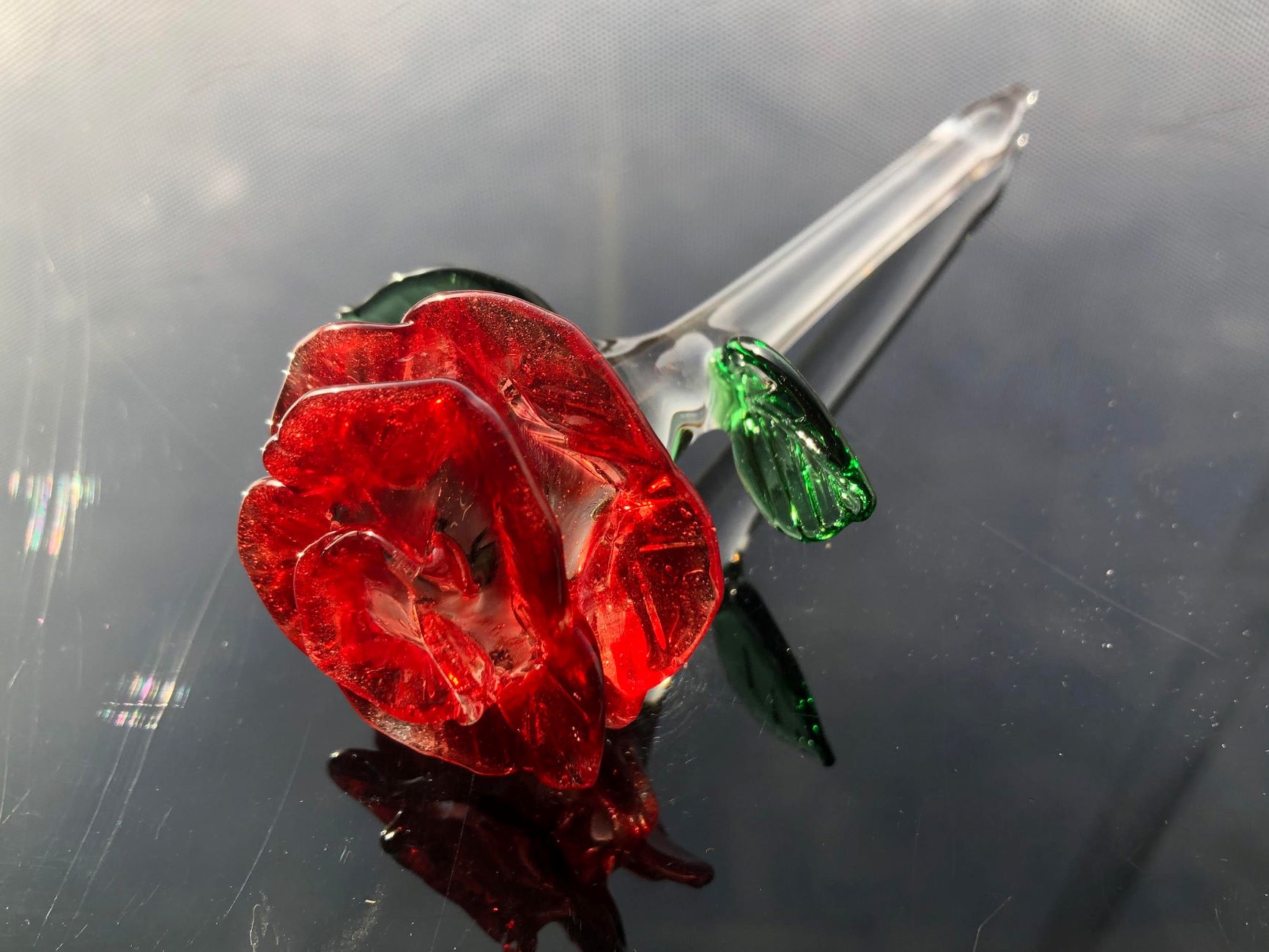
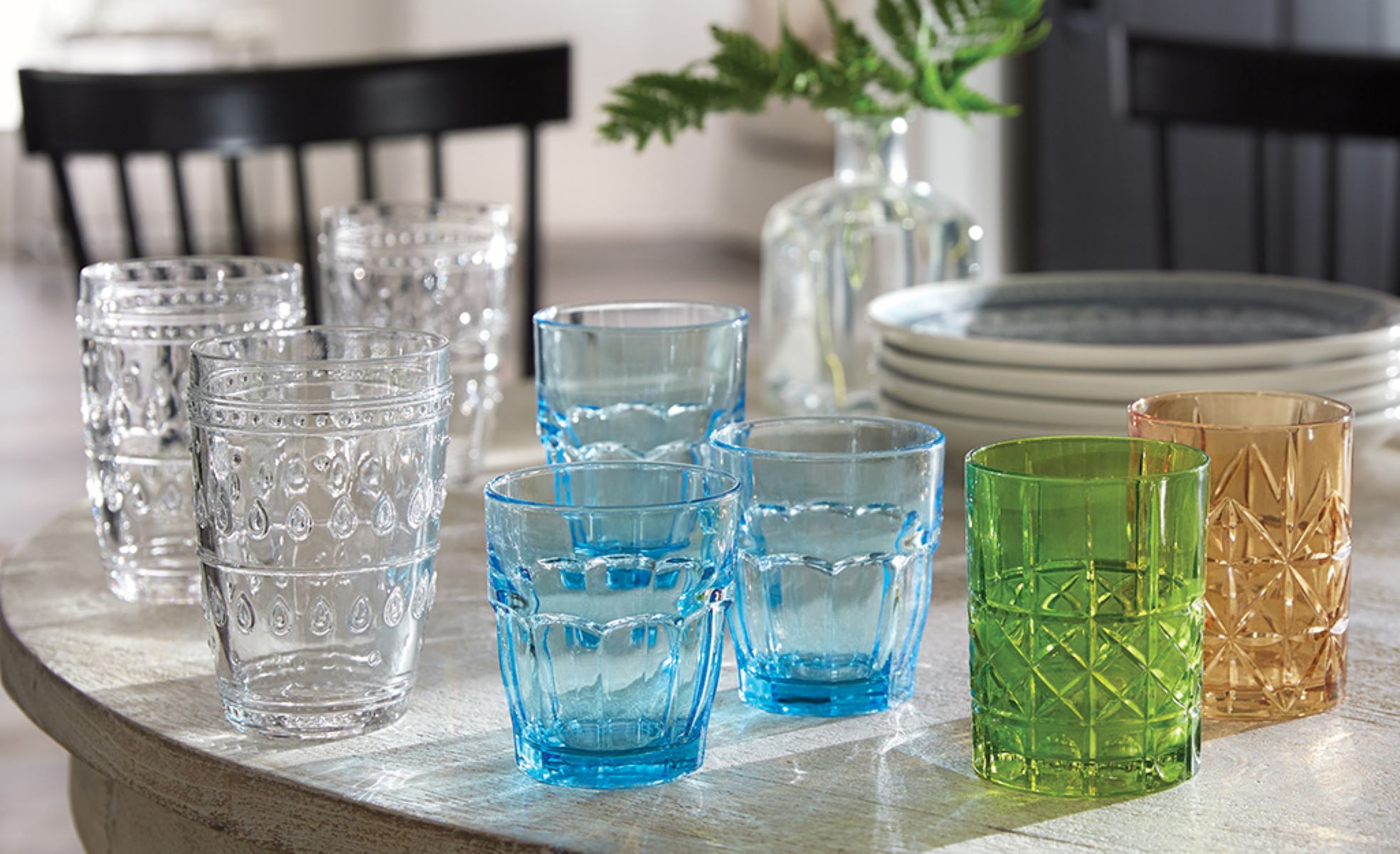
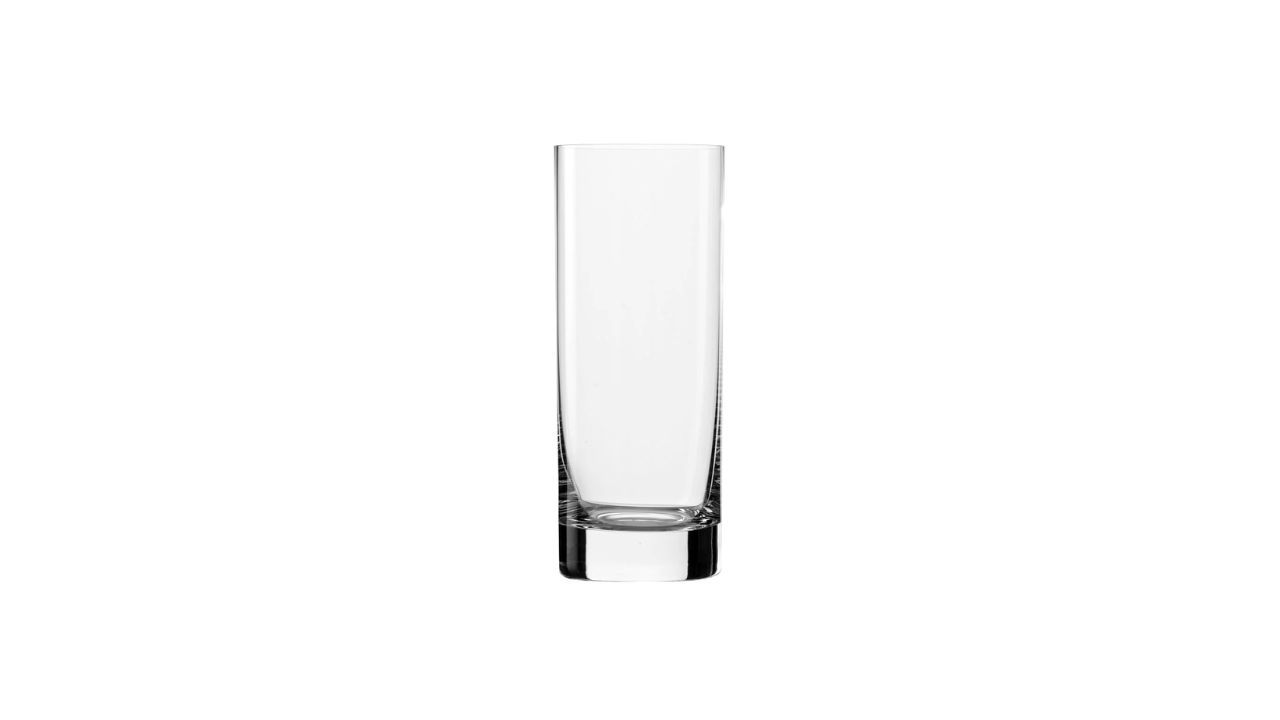
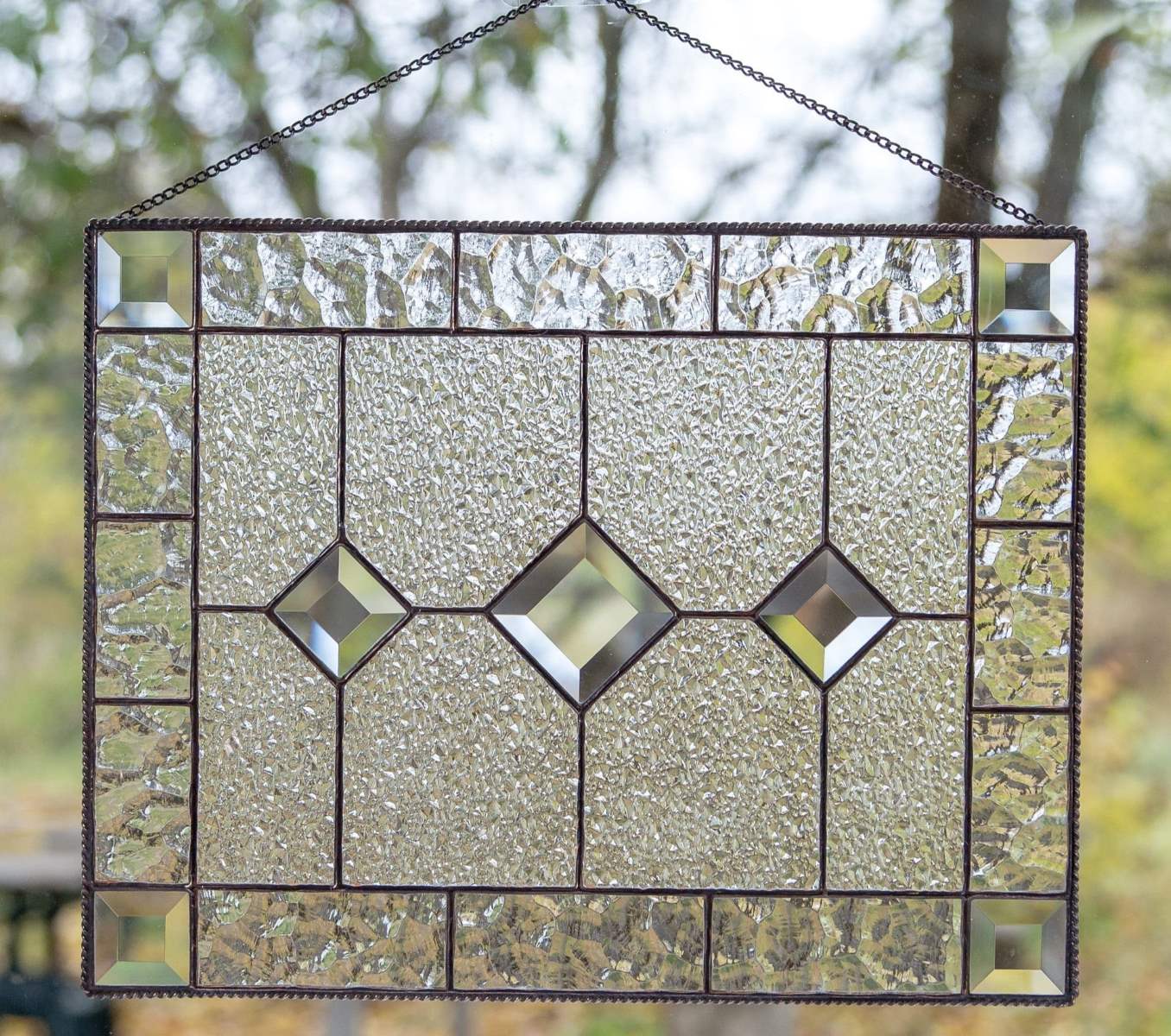

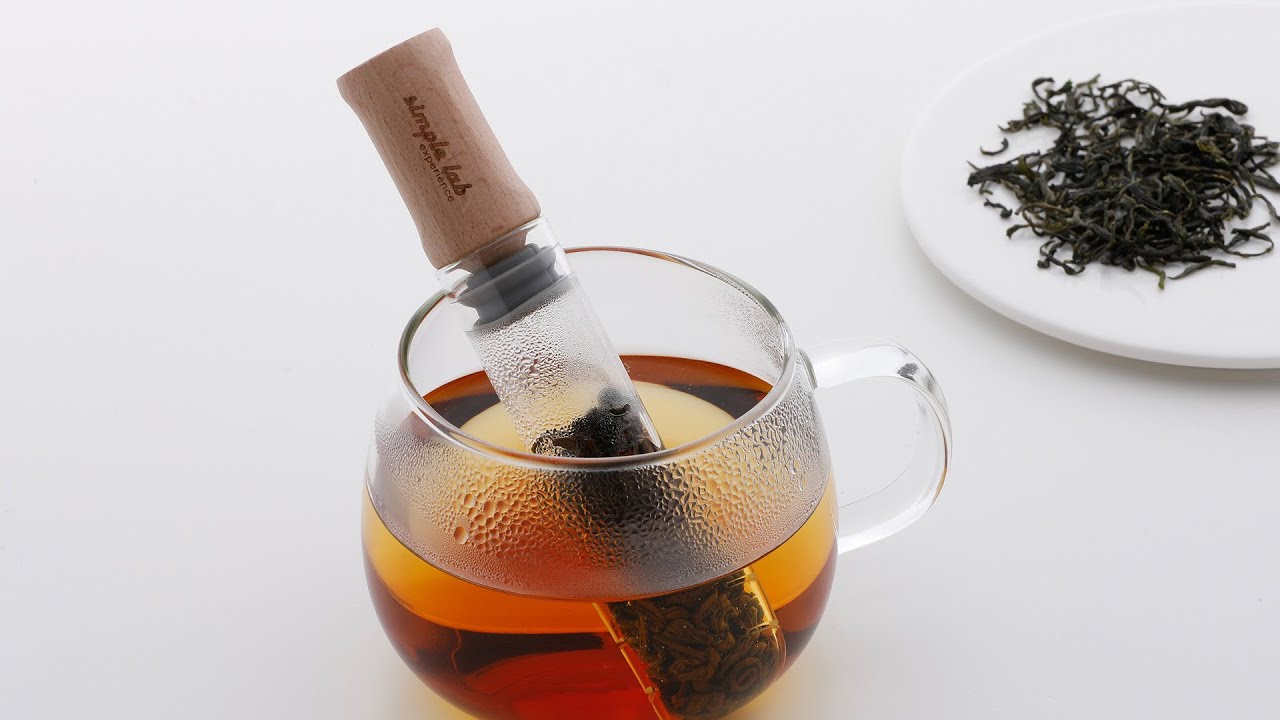
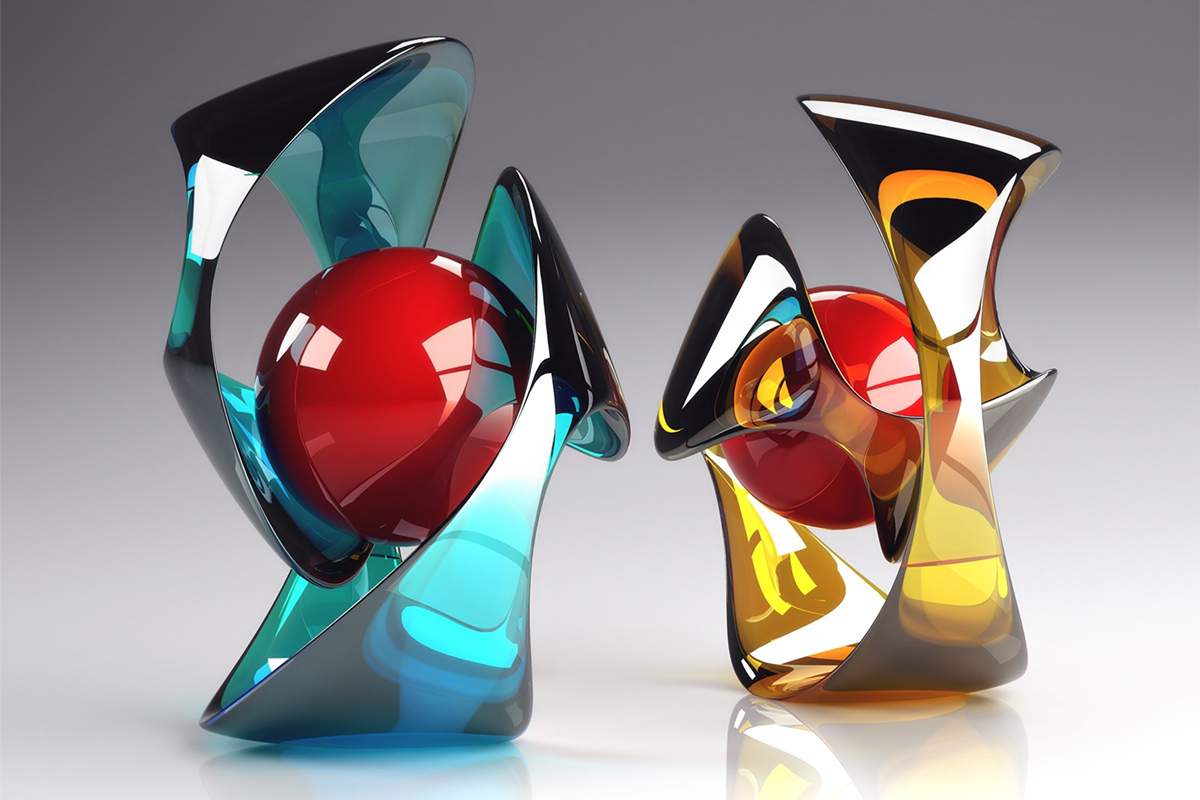
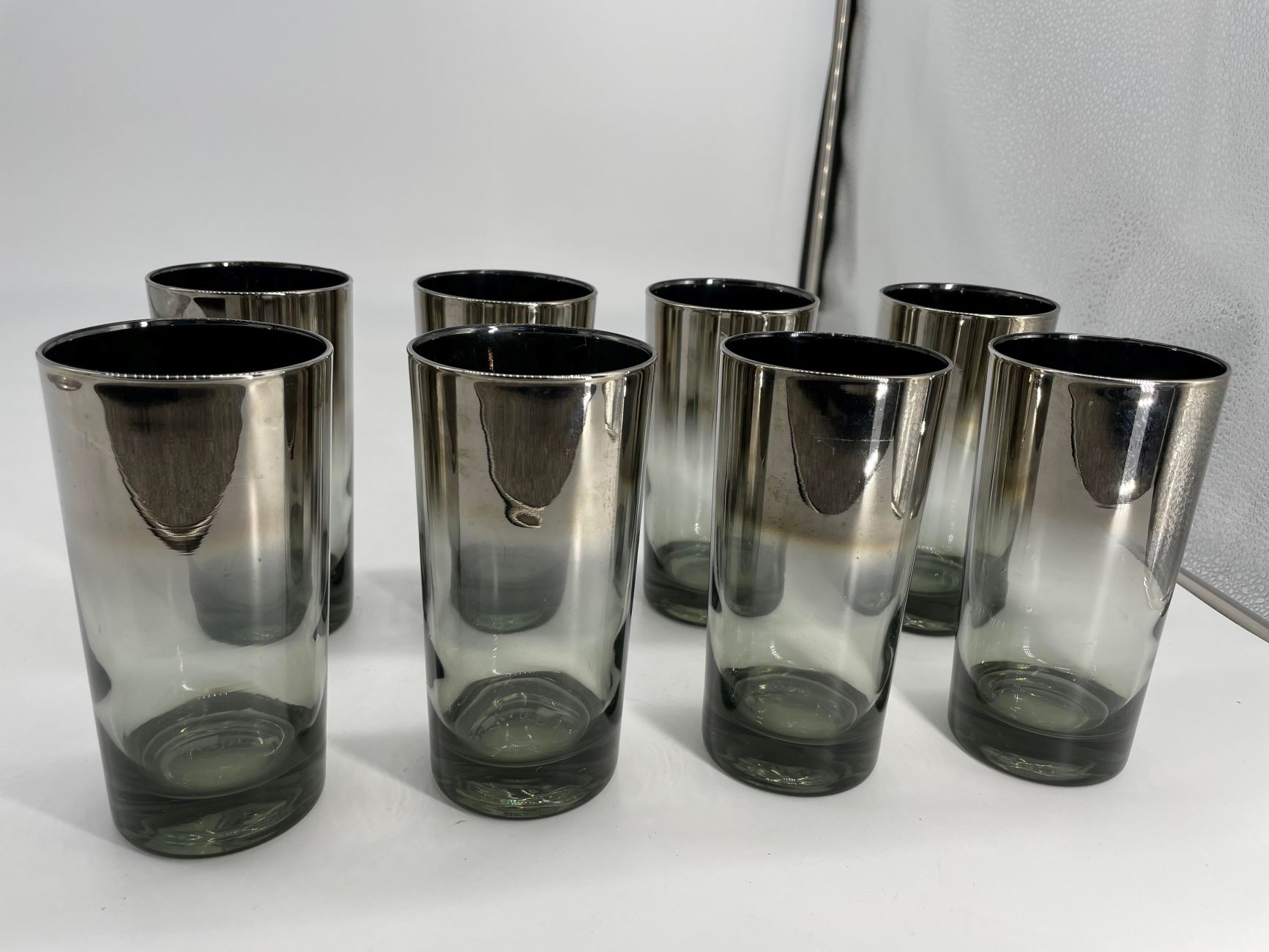
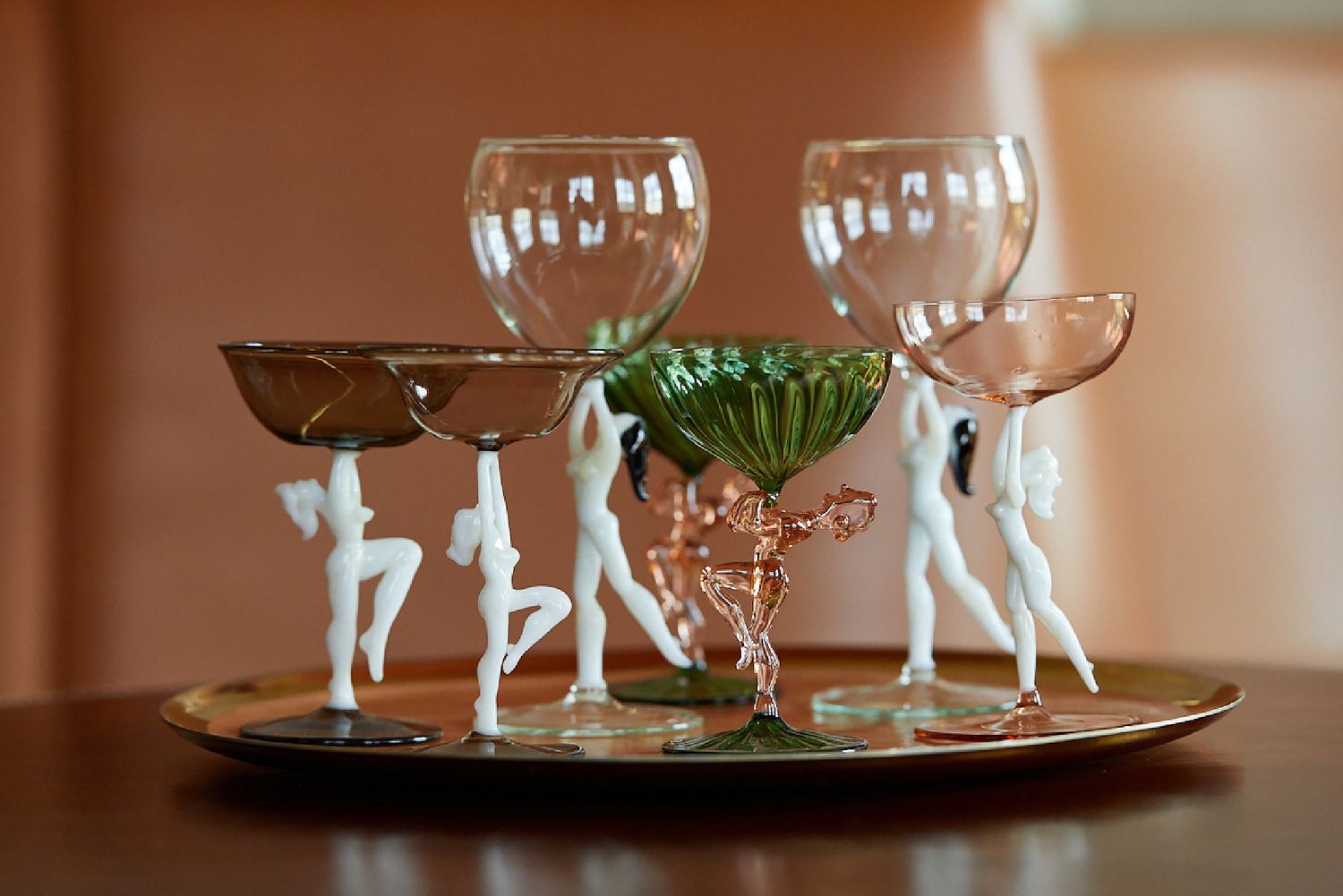
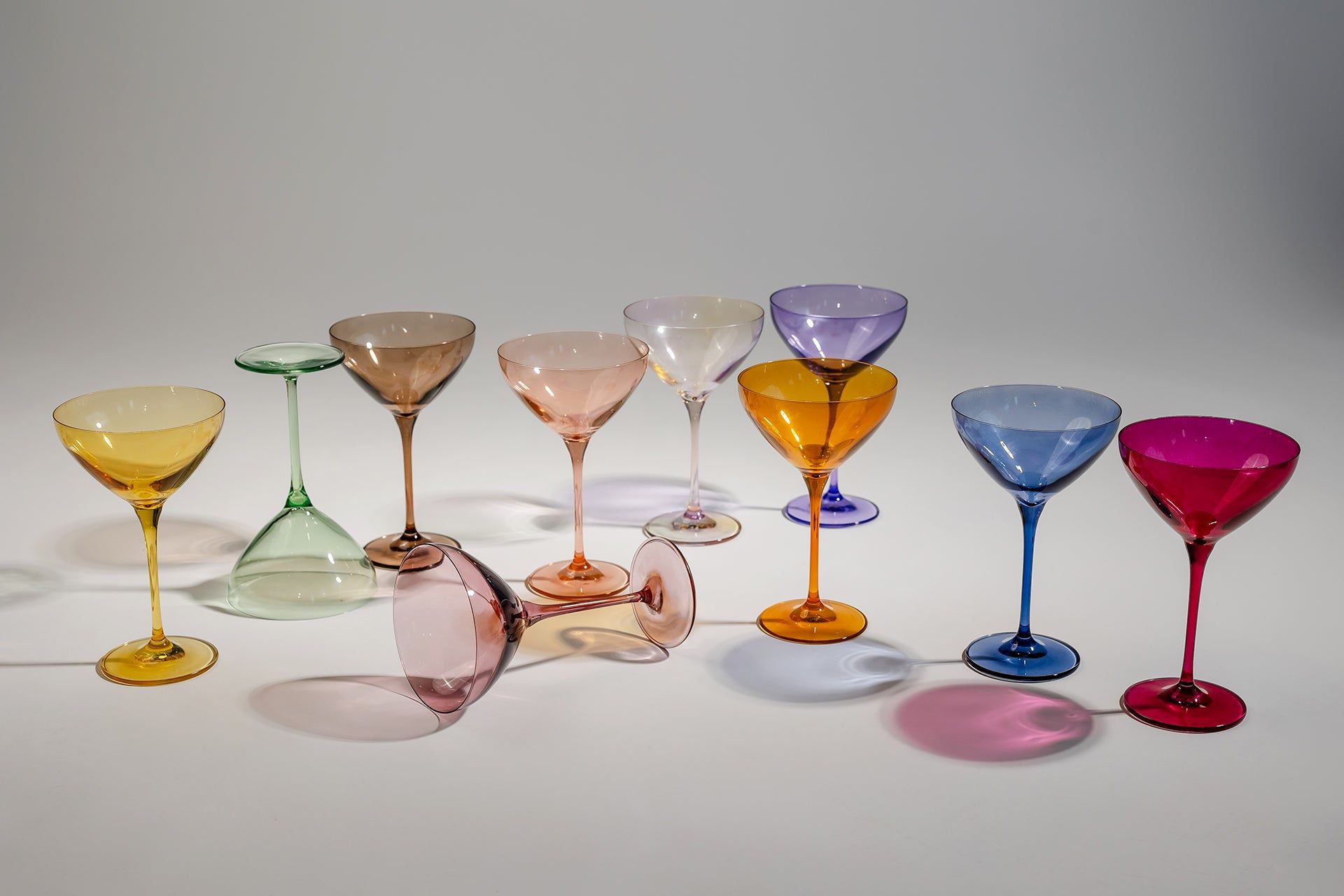

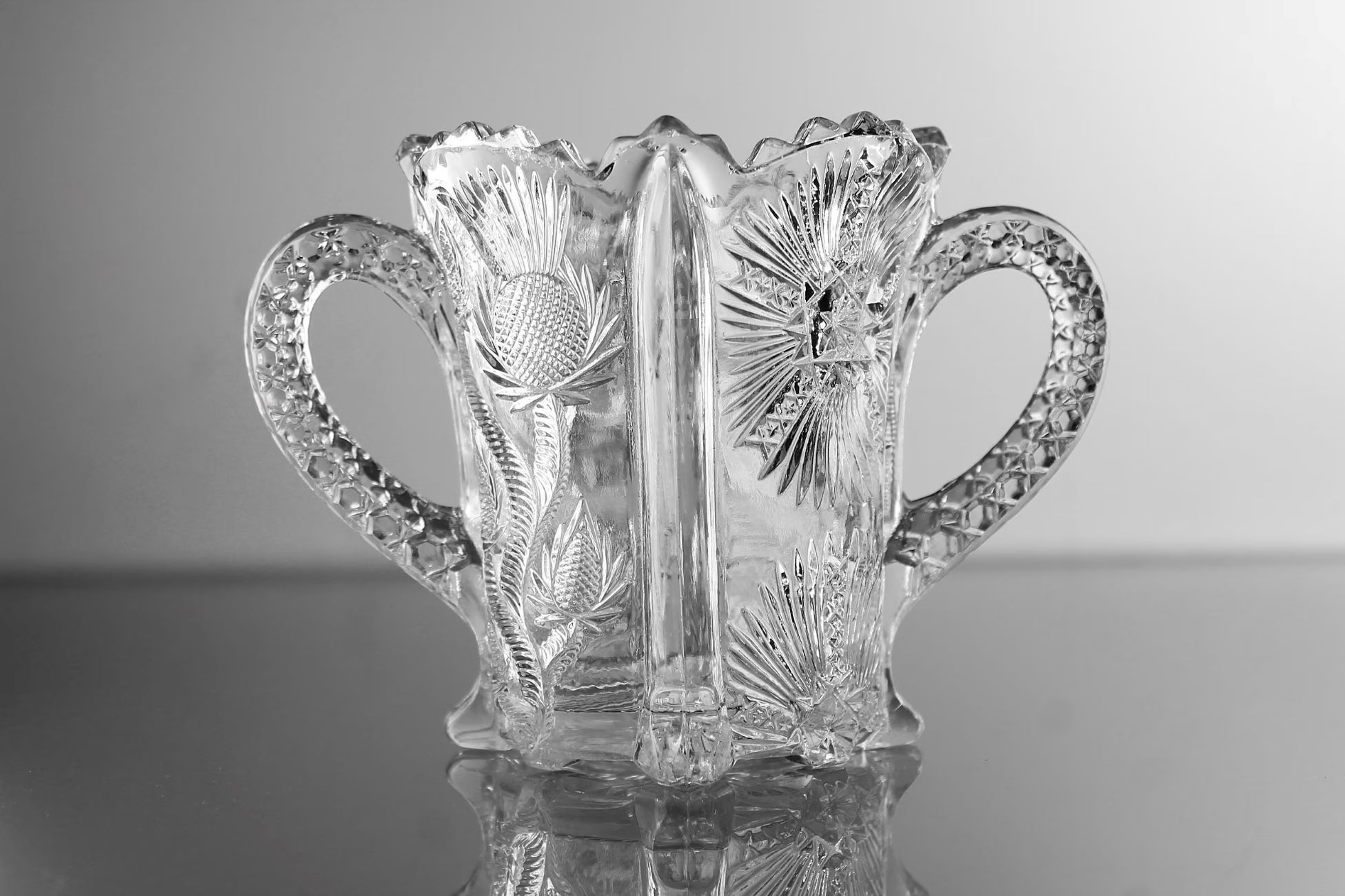
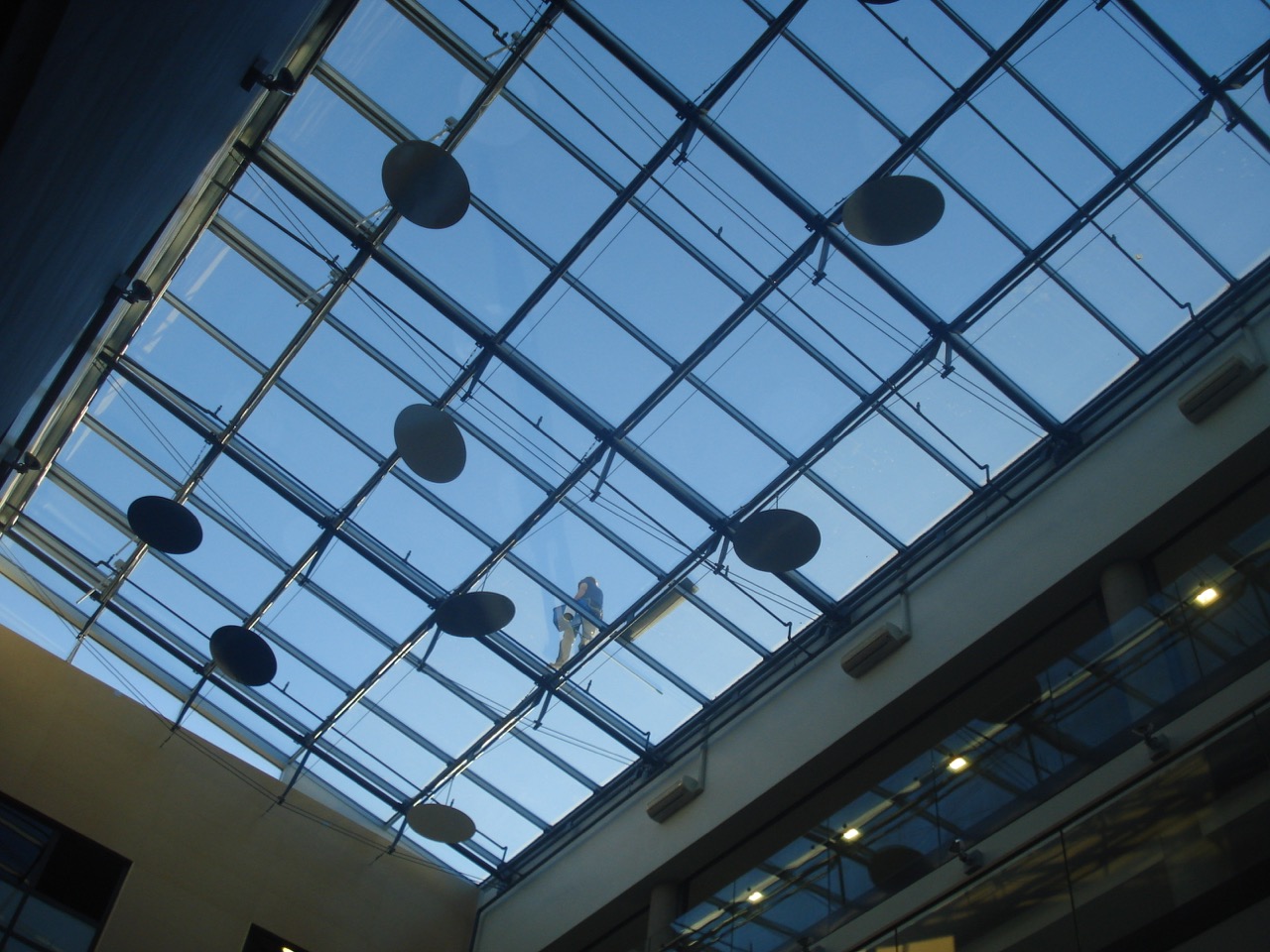

0 thoughts on “What Is Swung Glass”